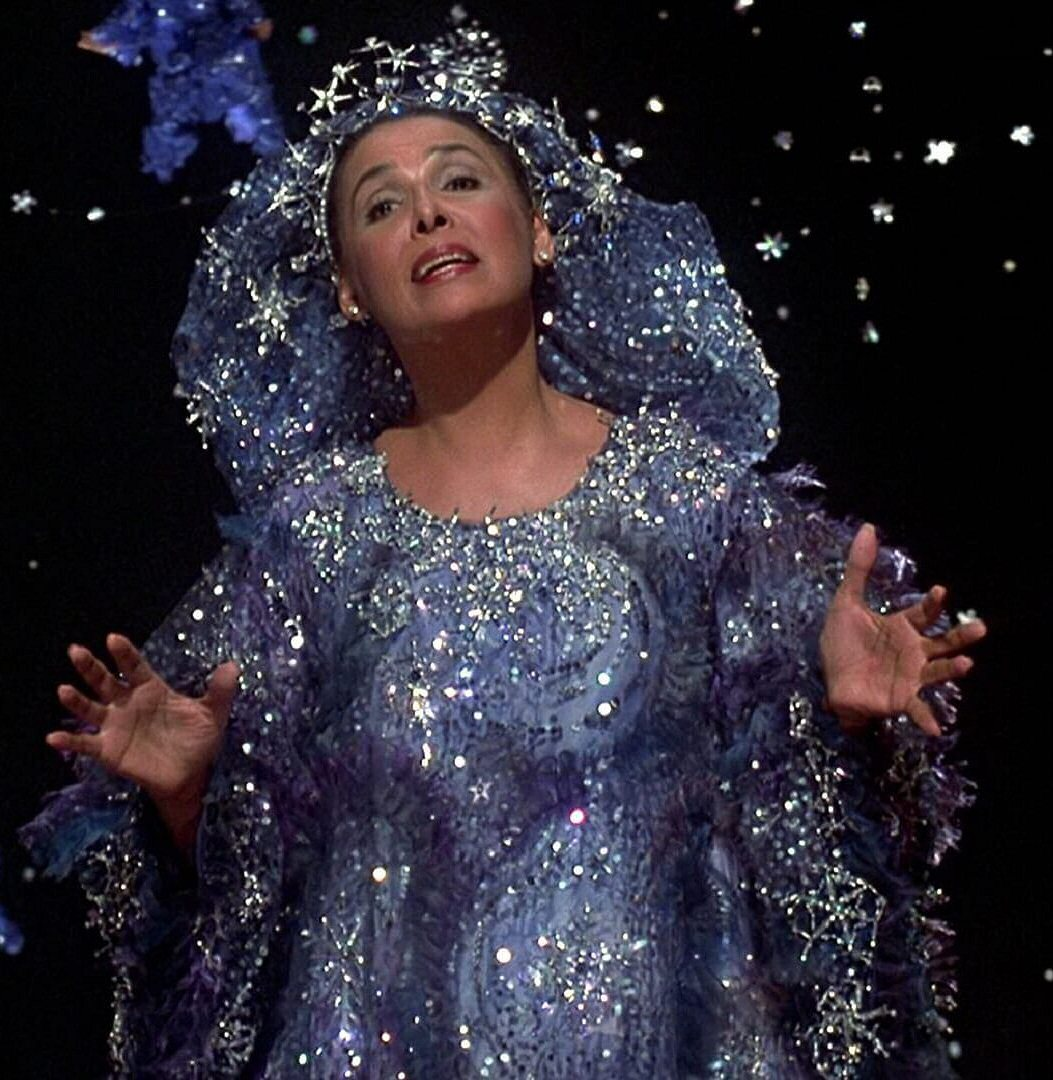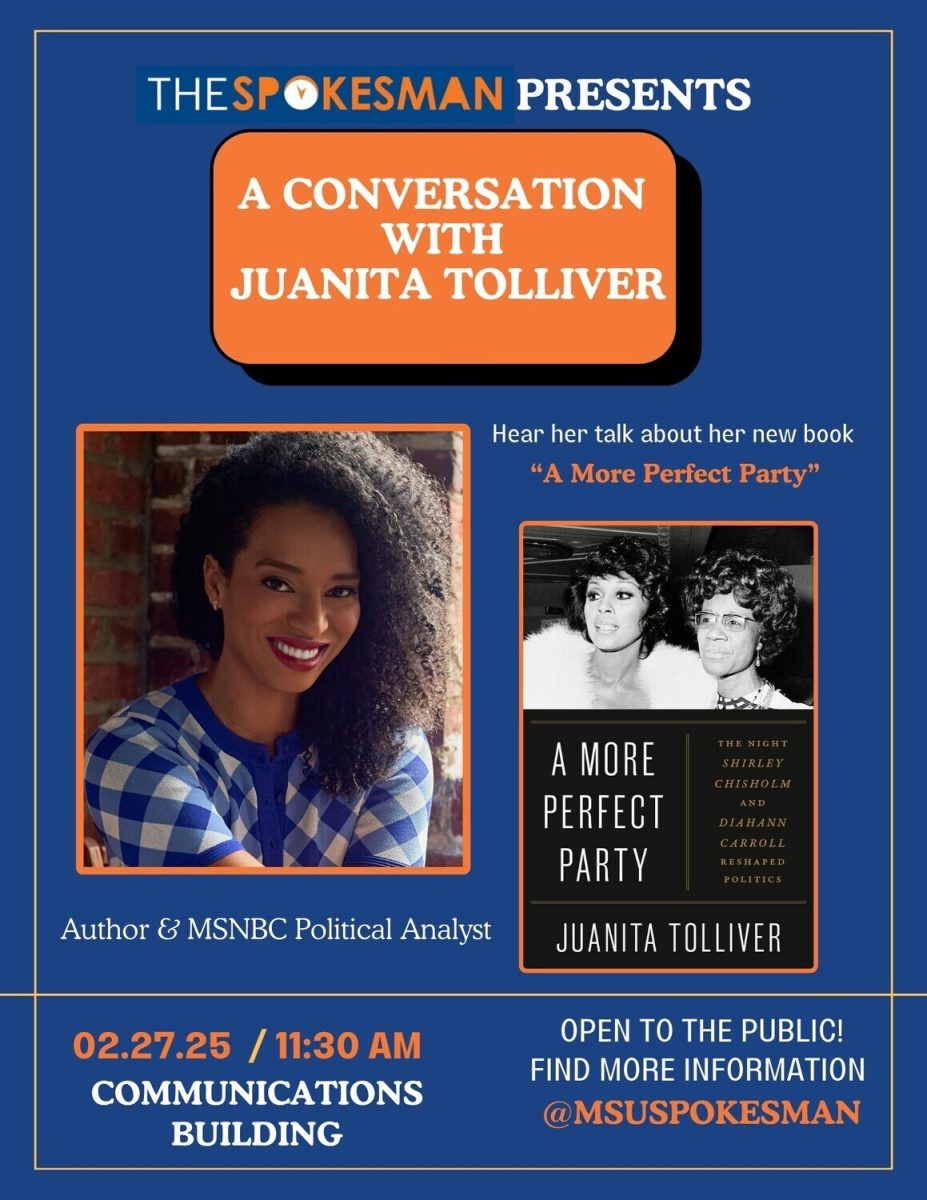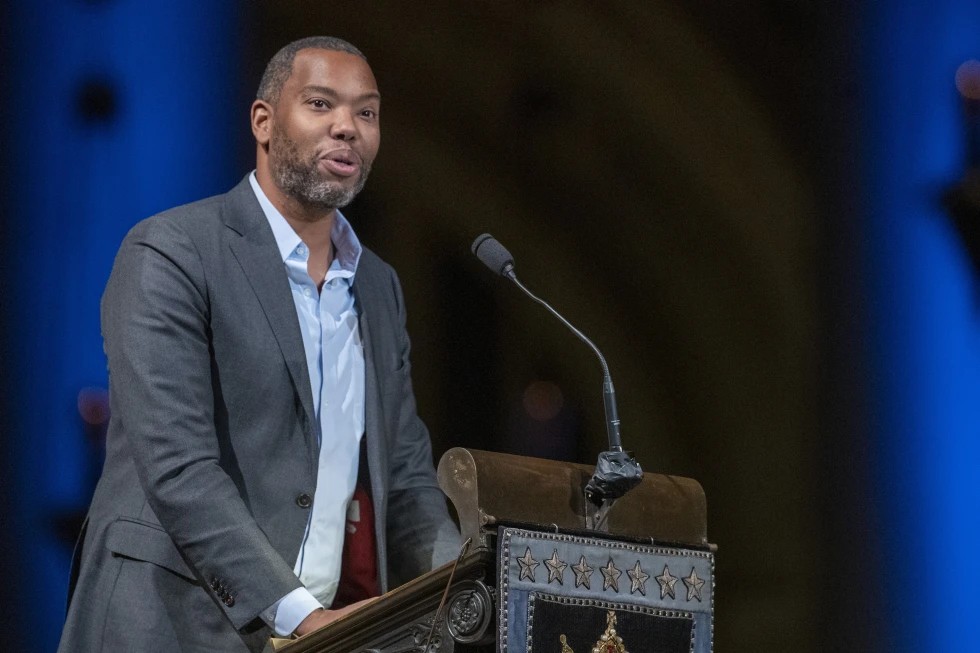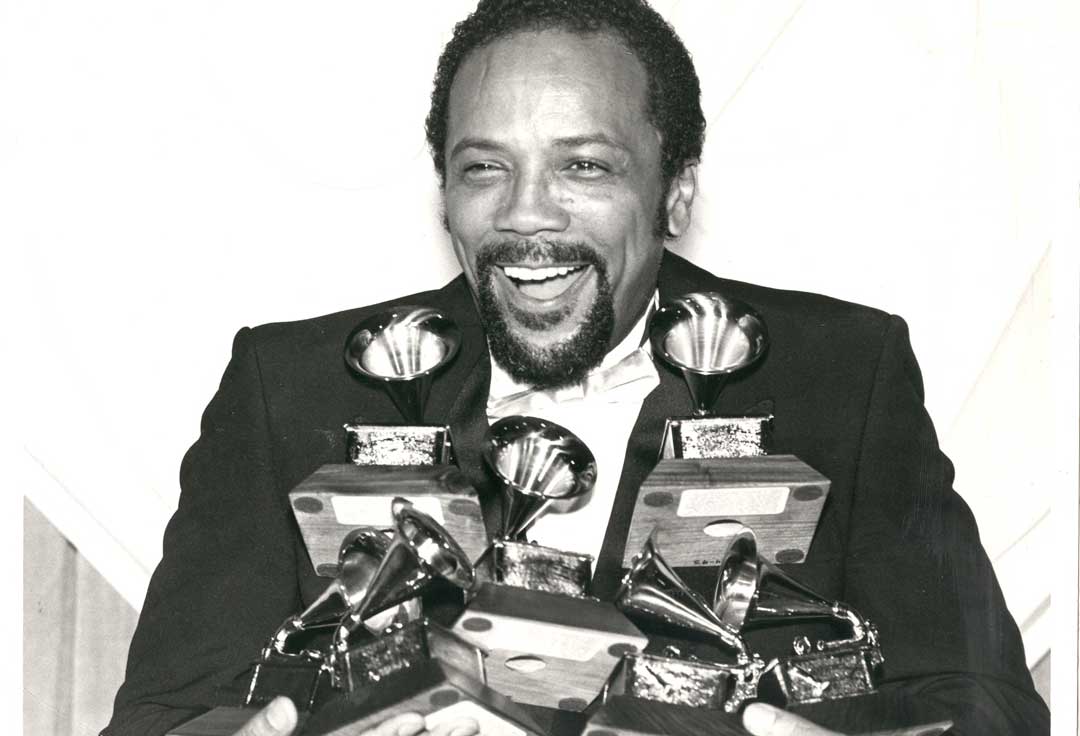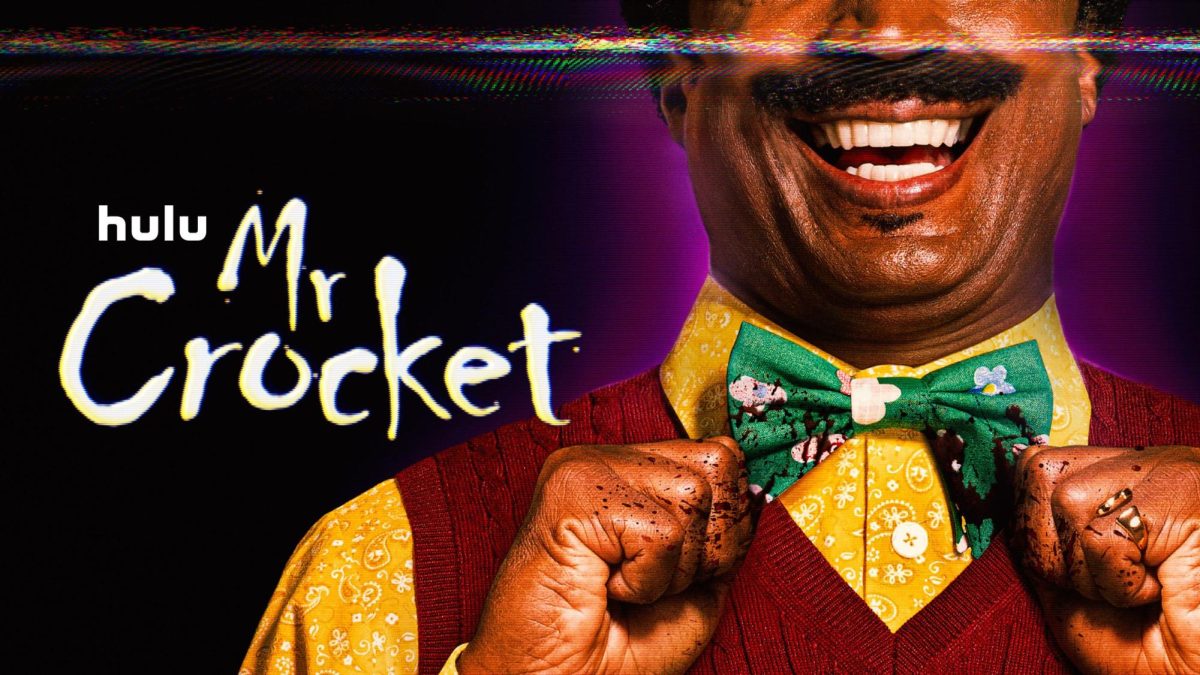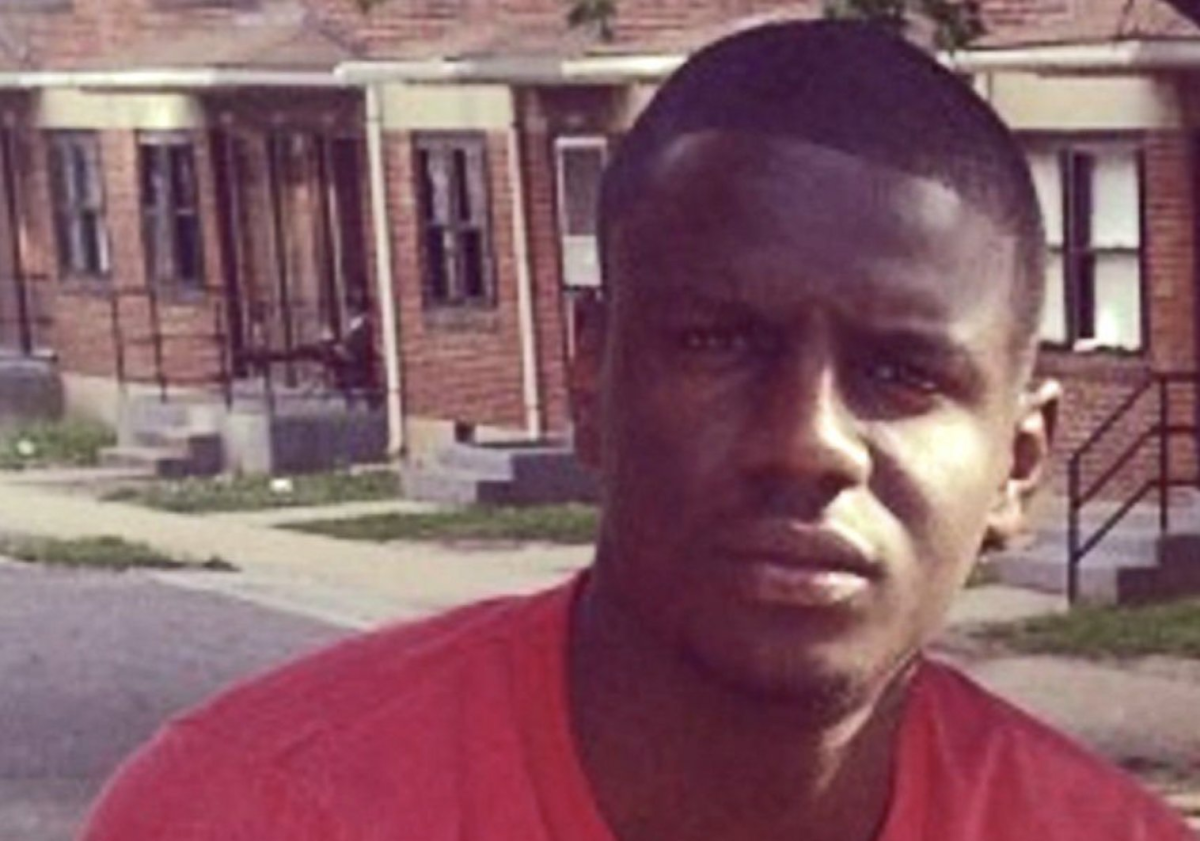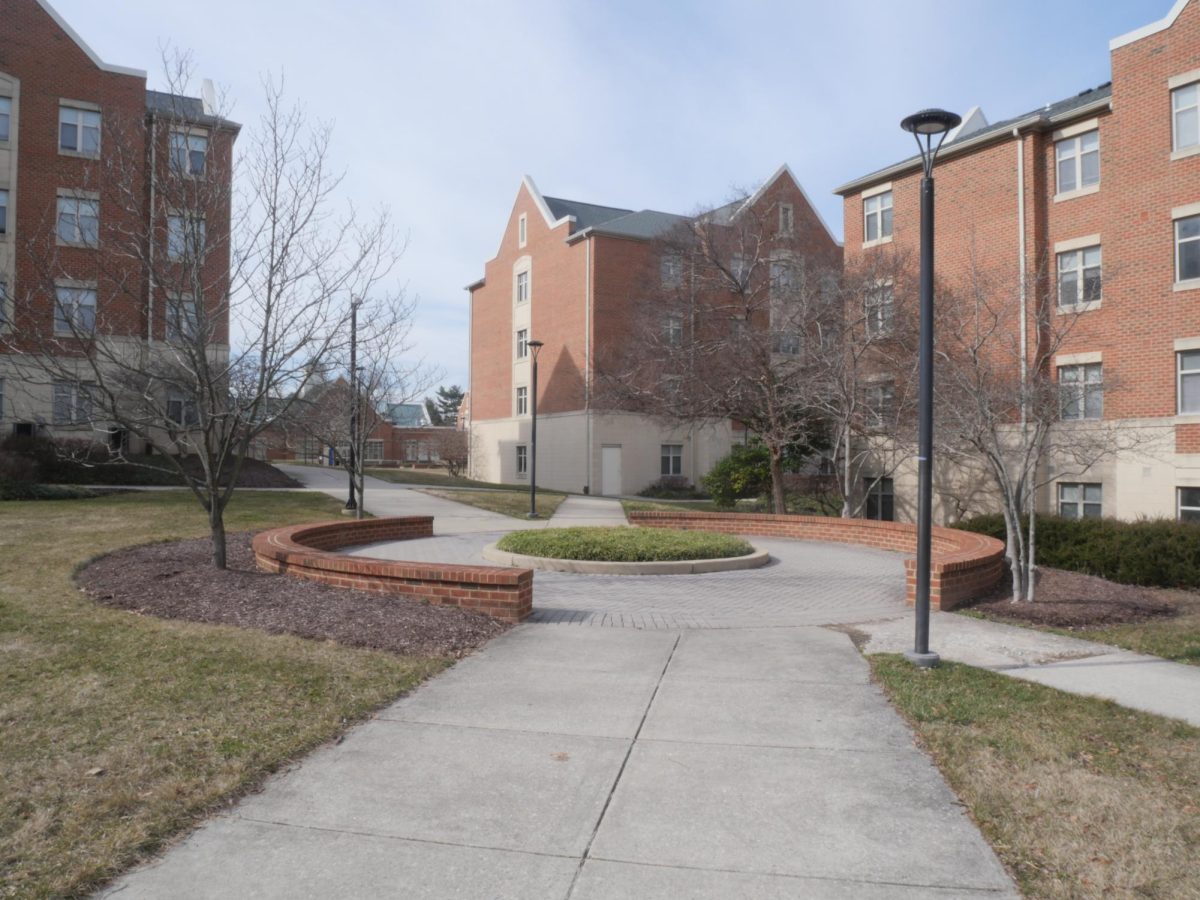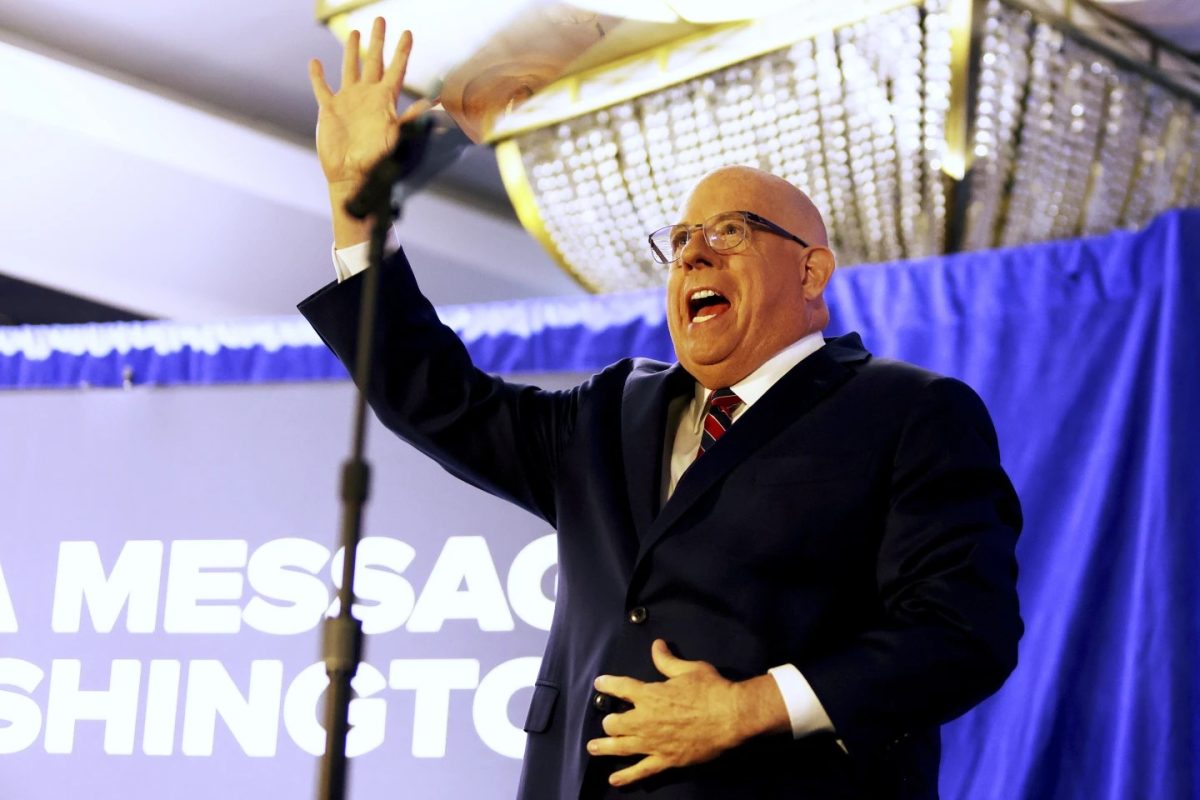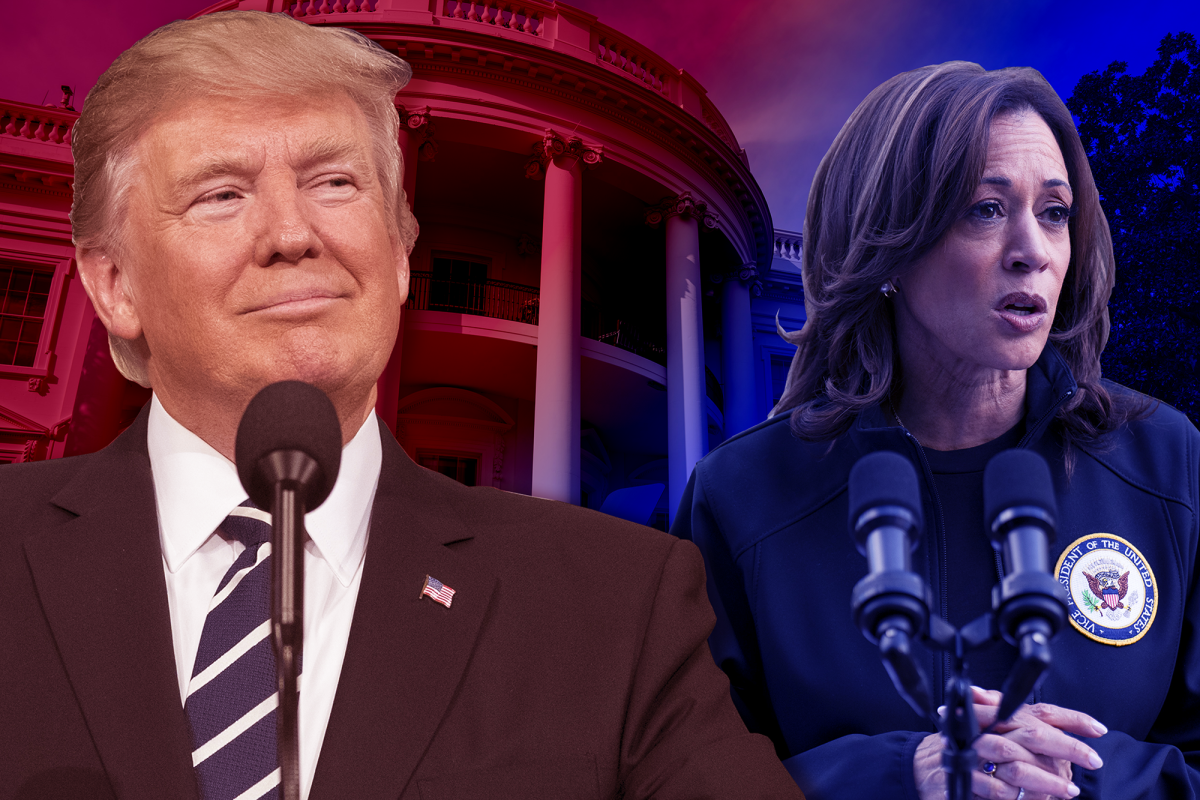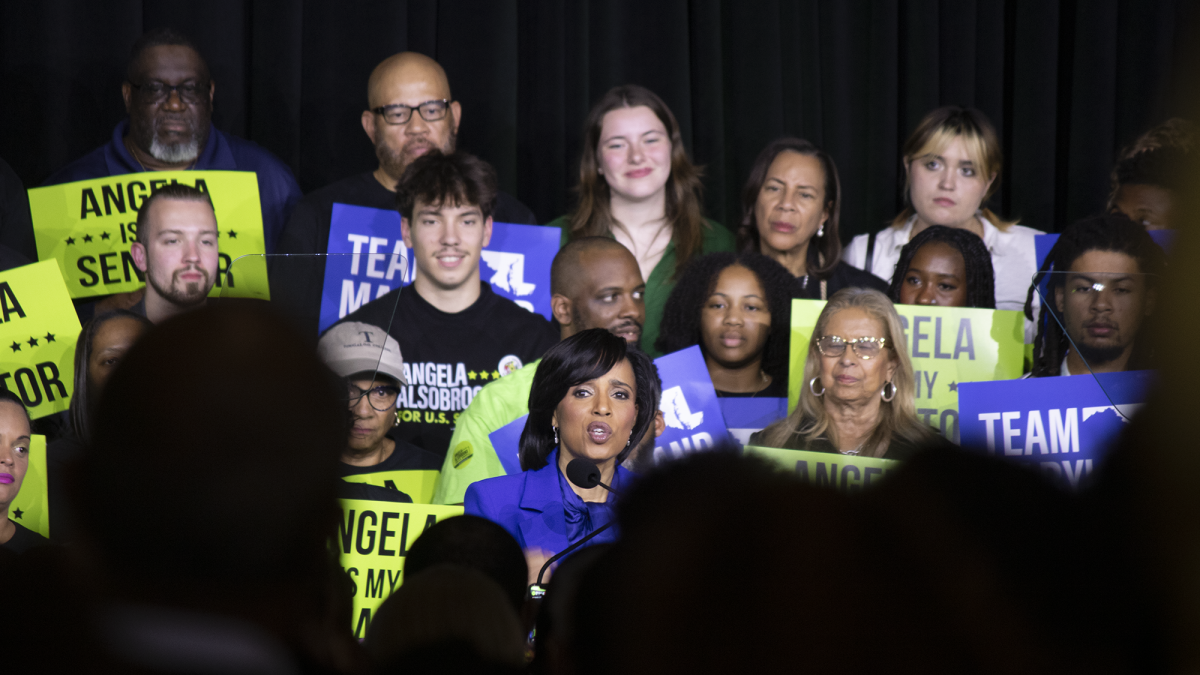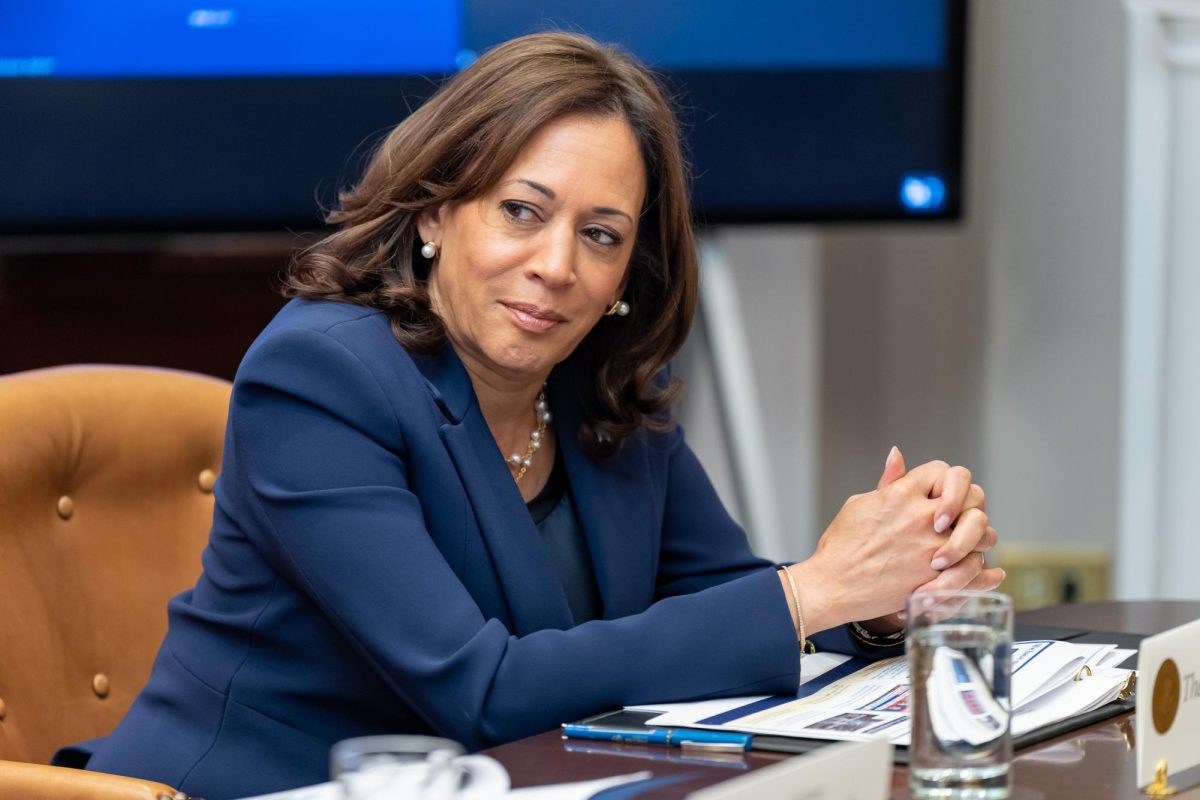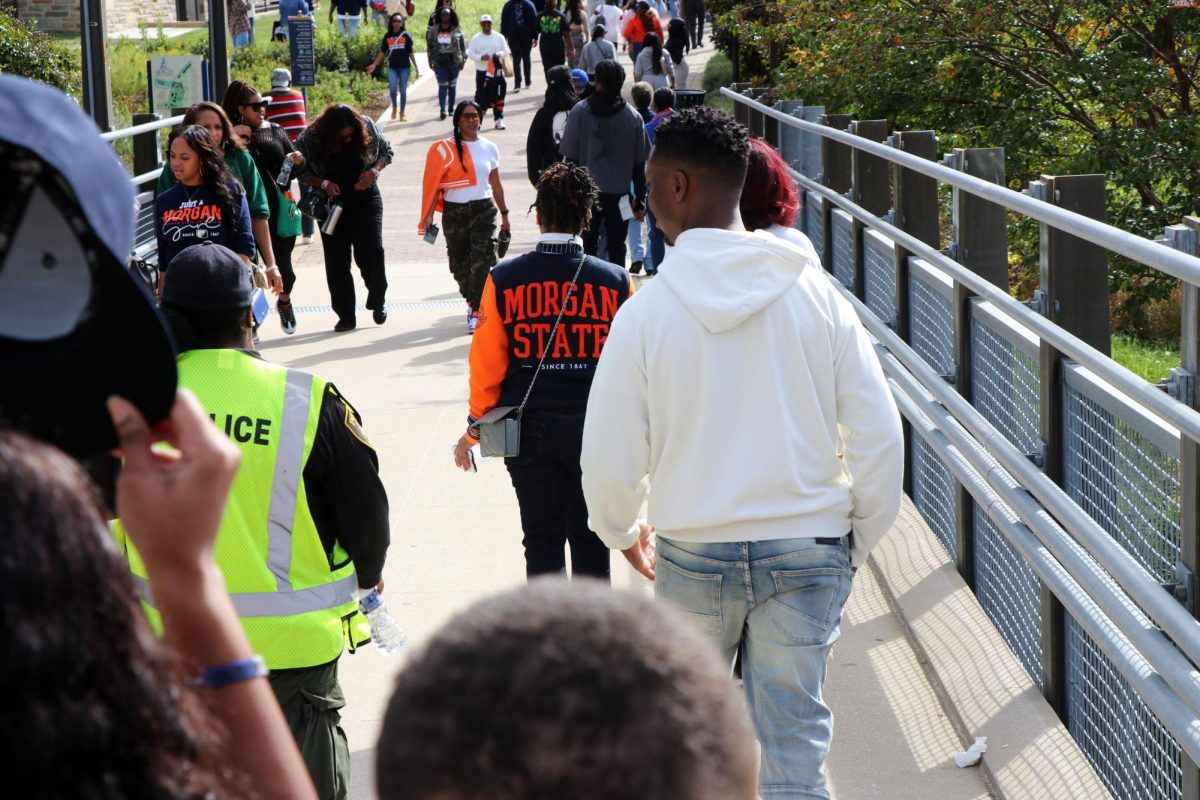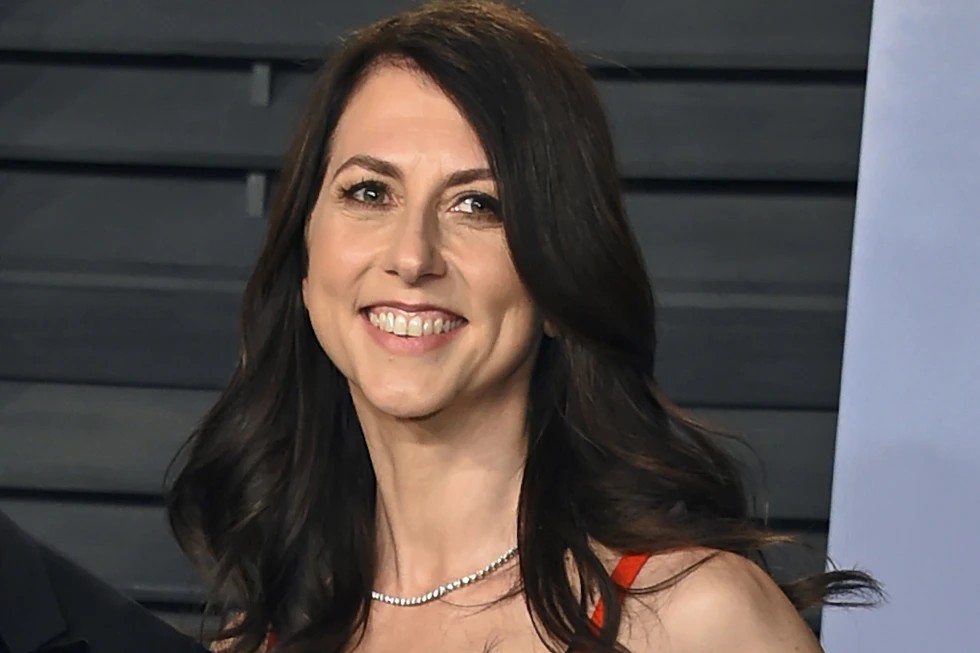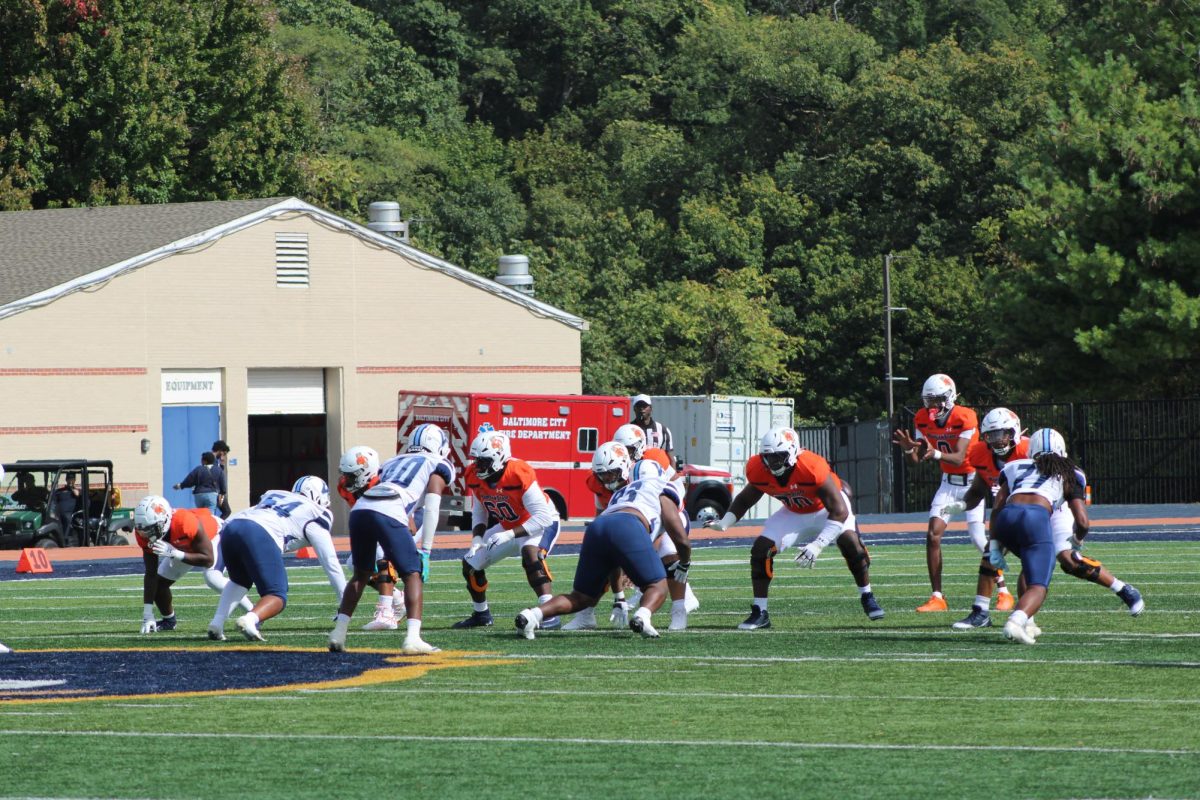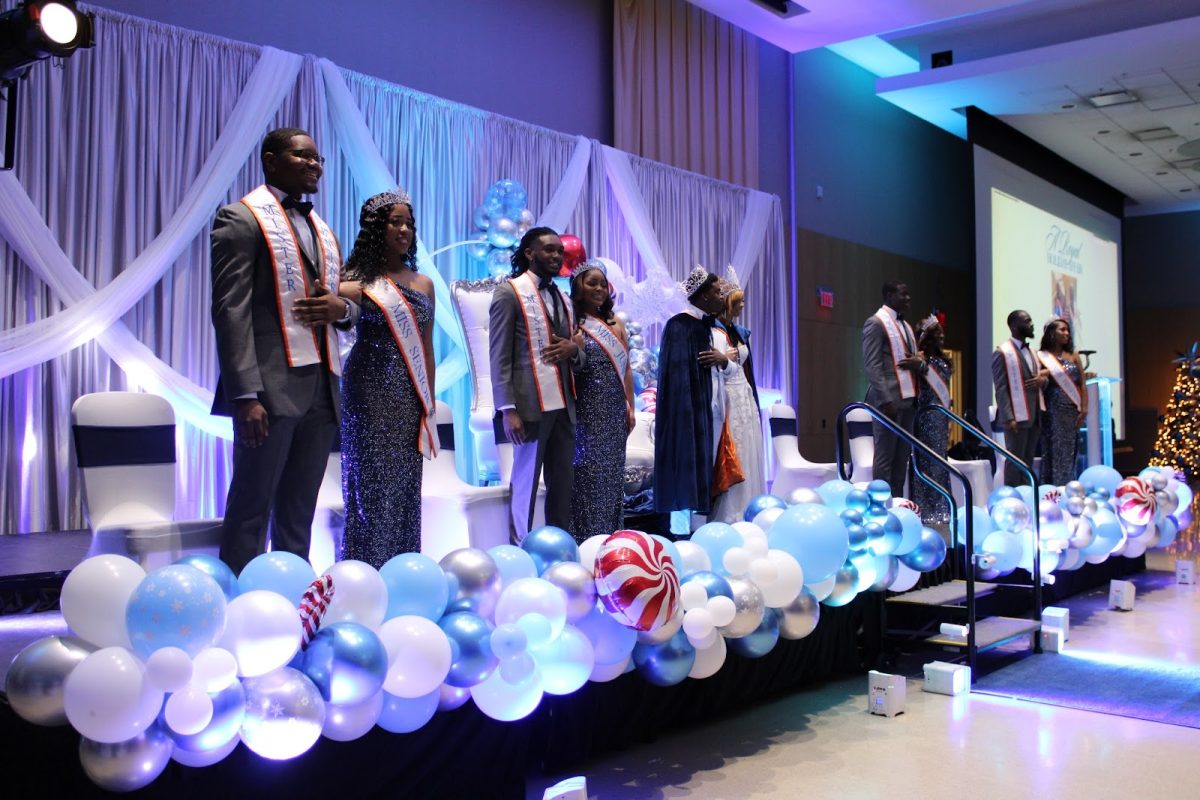Morgan State University unveiled the new Legends Plaza outside of Hughes Stadium. Two statues of Morgan’s most famous coaches, Edward Hurt and Earl Banks were introduced to a crowd of family members, former players, and other distinguished guest. They are the first monuments that will honor the historical athletic legends in Morgan’s history.
The statues were dedicated to two of Morgan’s greatest leaders. Hurt and Banks are some of the most successful coaches in college football history. Both of them have incredible records especially Hurt, whose teams had a six year non-losing streak in the 1930s. He was also a legendary track coach, one of the few to lead a HBCU to victories at the Penn Relays. He was the coach of Morgan’s first two NFL Hall of Famers Len Ford, and Roosevelt Brown.
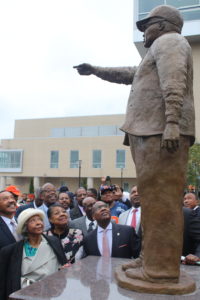
Banks posted an outstanding .839 winning percentage over a 14-year career here at Morgan. His teams even completed a 31-game winning streak over three seasons. Which at the time, was the longest in college football history. He was known for his tough defenses, which twice led the nation in total defense. Banks also had a paternal reputation among his players, two of them went on to be NFL Hall of Famers just like Hurt. Leroy Kelly and Willie Lanier were both coached by Banks, with Lanier joining the ceremony as a guest speaker.
The speakers ranged from family members, to former players of both coaches. Samuel LaBeach (51’) represented for coach Hurt. He was on the track team here at Morgan, and even made the 1952 Olympic team. Joining fellow alumni Lanier (67’) was high school basketball Hall of Famer, Bob T. Wade (68’) who was also a former player under Banks. They spoke on some of their favorite memories of “Papa Bear”, and agreed on his impact on them, not just on the field but off.
“Morgan was about, I would say, academics first, and athletics second. You always understood that you had to be a full participant,” said Lanier, “It wasn’t an oddity to graduate in four years it was an expected outcome of your time spent here at Morgan. He was someone, who truly, was of his moment in preparing young men through sport, to be full participants in society.”
Wade, who is best known for his time as Dunbar High School’s basketball coach, was another player for Banks. Banks convinced him to switch from quarterback to defensive back when he first arrived at Morgan. That decision paid off as Wade played three seasons in the NFL.
The next part of Wade’s career involved Hall of Fame level coaching. He coached what many considered the best high school team ever assembled, The Dunbar Poets of the early 1980s. He was known for his strict style, which included players running with bricks, as workouts. Some of his style and tactics, he learned from Banks.
“He believed in simplicity, he believed in doing things simple,” said Wade,”That’s what I tried to do when I coached, not to be too complex. That’s what I have taken from him. He was a no-nonsense person but very caring, not just as a football player but an individual.”
The statues were created by another of Bank’s former players, George Nock (68’). He was a former running back for the Bears, and also played in the NFL. He is a self-taught artist that has gained acclaim thanks to his work with bronze. He has done other works such as bust, statues of different athletes and musicians. His work has been praised for its realism and versatility of the human form.
The statues themselves are six feet tall and stand on four foot tall pedestals. They are connected with a fence that will host plaques that will honor other Morgan athletic legends. The plaza is 2000
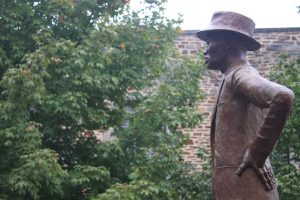
square feet, and features benches to allow people to admire the statues. It sits in the Morgan Commons area in between Hughes Stadium and the Student Center.
“You got to go with what you know, I knew both of them,” said Nock,” I know their poses and how they talked to us back then, so I went with what I saw the most of. It is important for every major institution that has an important history to honor it, and not ignore those that have been above the rest. Let the world know what you have done.”
Athletic Director Ed Scott knows the importance of honoring the rich history of Morgan, and looks forward to other dedications in the future.
“We need to shine the light back, so people know how good Morgan was,” said Scott, “It will hopefully instill some pride in our current student athletes, and give them a sense of the history and tradition that they are now part of. We have some other athletes to honor in the coming months and years, and what we really need to do is use it as a true Legends Plaza, where we celebrate all the sports.”


